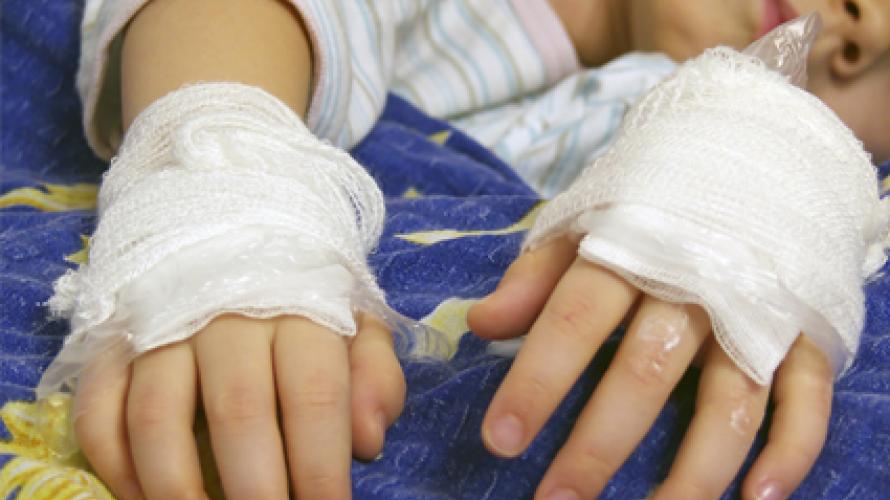
What is the study about?
Burns are associated with hyperglycemia (abnormally high level of glucose in the blood) leading to increased incidence of infections. One of the major infectious complications is pneumonia, which has been shown to increase burn mortality by 40%. In critically ill adult patients, it has been shown that increased pulmonary (referring to the lungs) glucose levels with airway/blood glucose threshold over 150 mg/dl, leads to an overwhelming growth of bacteria in the bronco-pulmonary system (pertaining to both the air passages leading to the lungs and the lungs themselves). This results in an increased risk of pulmonary infections. The goal of this study was to find out whether a similar cutoff value exists for severely burned pediatric patients.
What did the study find?
Pneumonia in patients, both for those on the mechanical ventilation and off mechanical ventilation), as well as the incidence of ARDS, was significantly higher in the high-glucose level group (low group: 3%, high group: 19%). The incidence of atelectasis was not significantly different between groups. Additionally, patients with high-average glucose levels required ventilation significantly longer compared to patients in the low-glucose level group.
The data from this study revealed that patients with average glucose levels below 150 mg/dl showed a significantly lower incidence of sepsis, infectious complications, pulmonary complications, and mortality. The incidence of infectious complications of the lung was significantly higher in the high-glucose level group. The authors suggest that glucose works as a promoting factor for bacterial growth, which leads to an increased incidence of airway infections.
Who participated in the study?
106 severely burned hospitalized pediatric patients (ages 0-17) were enrolled in the study.
How was the study conducted?
Patients were divided into 2 groups. Patients with good glucose control (below 150 mg/dl for at least for 75% of the length of stay) were assigned to the low-glucose level group. The rest of the patients were put in the high-glucose level group. Both groups were similar in ethnicity, gender distribution, and severity of injury.
Incidences of pneumonia, atelectasis (which refers to finding that part of the lung is collapsed or does not inflate with air), and acute respiratory distress syndrome (ARDS) were assessed during the Intensive Care Unit stay. Additionally, incidence of infections, sepsis, and respiratory parameters were recorded. Blood was analyzed for glucose and insulin levels.
Reference
Kraft, R., Herndon, D. N., Mlcak, R. P., Finnerty, C. C., Cox, R. A., Williams, F. N., & Jeschke, M. G. (2013). Bacterial respiratory tract infections are promoted by systemic hyperglycemia after severe burn injury in pediatric patients. Burns. Advance online publication http://dx.doi.org/10.1016/j.burns.2013.07.007